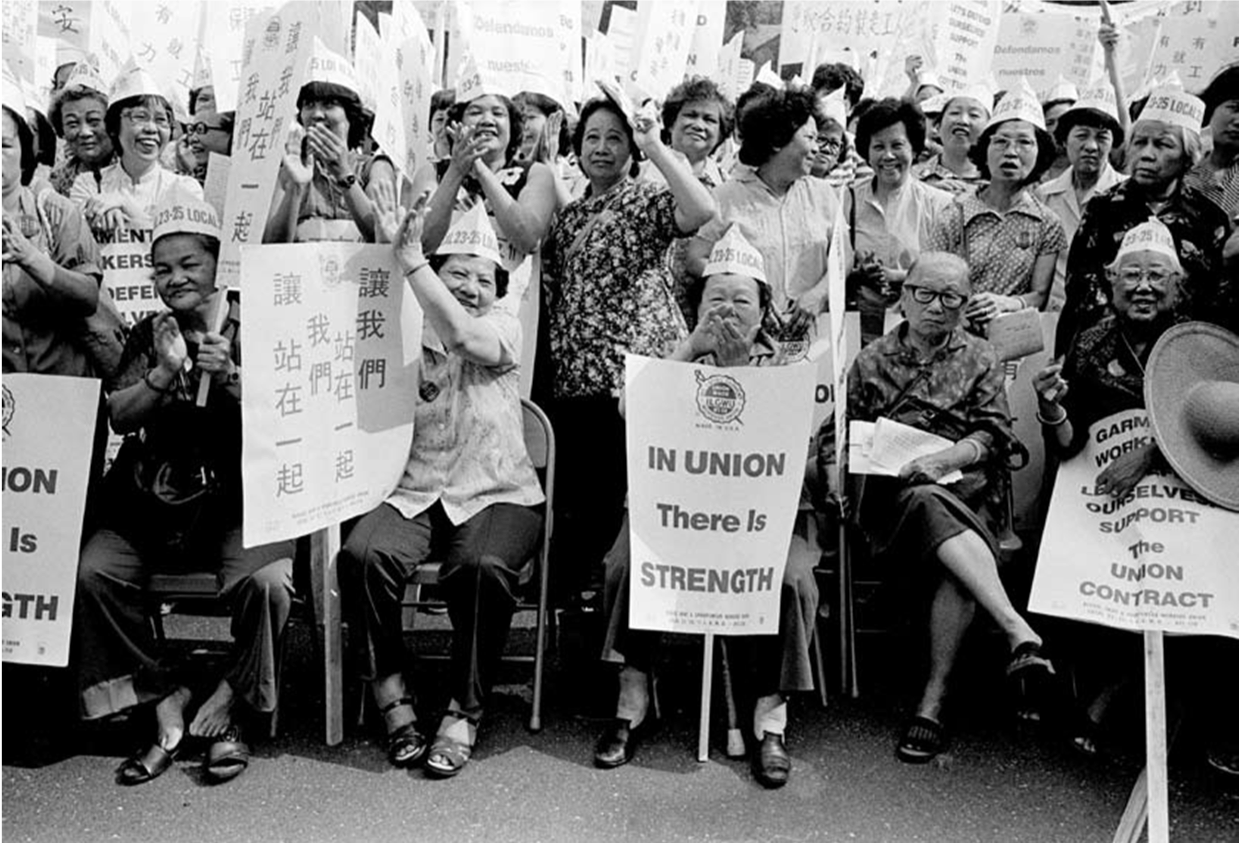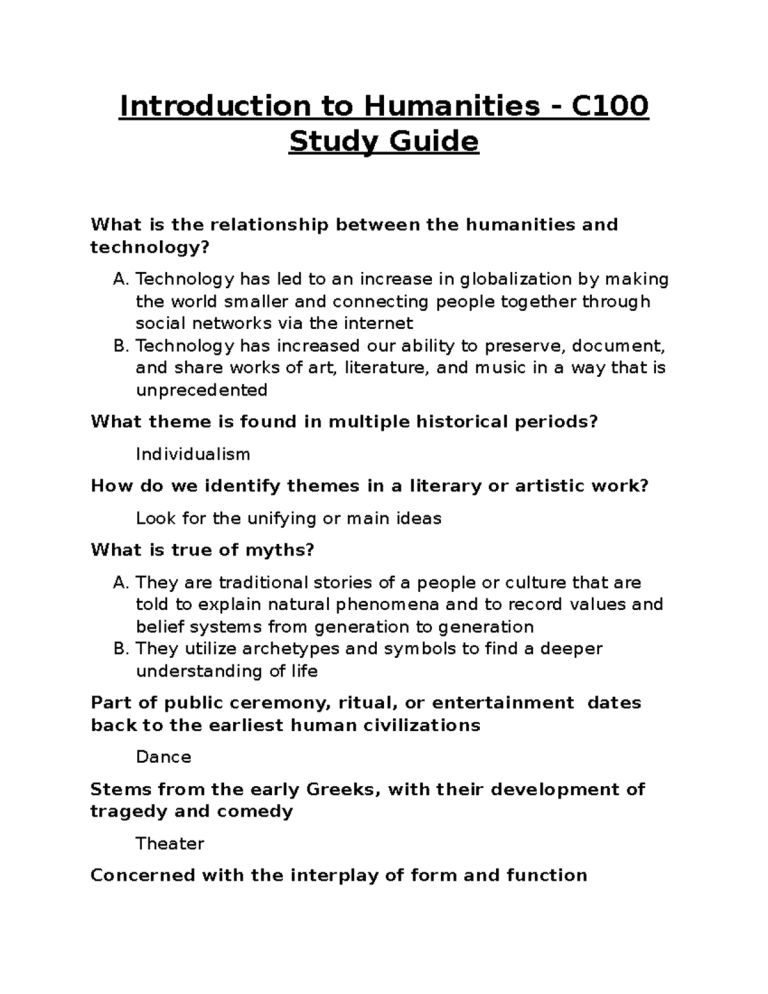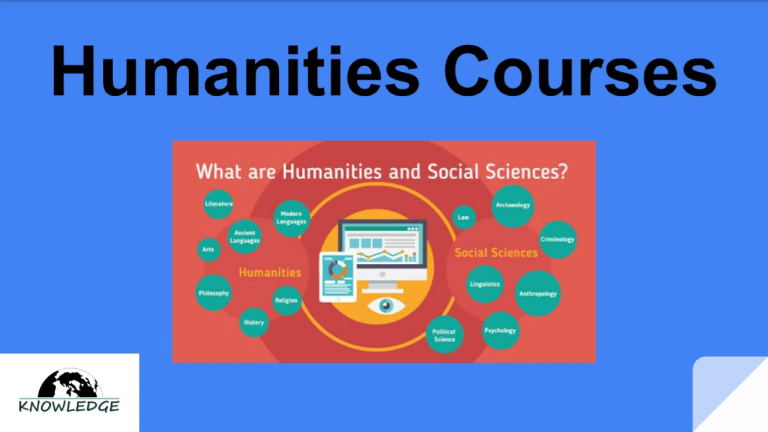Asian American women’s history is a multifaceted tapestry woven from the experiences of diverse communities, including Ainu women and Visayan women, whose narratives have often been sidelined in mainstream historical discourse. The new Schlesinger Library exhibit, “Illuminate: Contextualizing Asian American Women’s Stories Through the Archives,” seeks to shed light on these largely invisible histories by featuring artifacts that showcase the resilience and contributions of Asian American women. From the curated photographs of historical figures to contemporary works that emphasize Asian American representation, the exhibition invites attendees to engage with the rich texture of Asian American culture. As curator Victor Betts asserts, these stories are crucial for understanding the broader American narrative, challenging the marginalization often observed in archives. By exploring and celebrating the history of Asian American women, the exhibit not only honors their legacy but also encourages a critical examination of the societal dynamics that have historically disregarded their voices.
The exploration of the historical narratives of Asian American women offers a unique lens into their roles and experiences throughout U.S. history. Often overlooked, these women represent a diverse array of cultures and identities, revealing stories that reflect both struggles and triumphs. Terms like Asian American female legacy and multicultural histories underscore a rich tradition often erased from the collective memory. Exhibits like the one at the Schlesinger Library are essential in elevating these voices and showcasing the significant impact of Asian American women in various spheres, from social activism to artistic expression. As we delve into this history, we uncover the complexity of identity and representation that shapes our understanding of the American experience.
Exploring Asian American Women’s History at the Schlesinger Library
The Schlesinger Library’s new exhibition ‘Illuminate: Contextualizing Asian American Women’s Stories Through the Archives’ is a crucial step toward illuminating the often-overlooked narratives of Asian American women throughout history. This collection provides a platform for voices that have been marginalized and presents artifacts spanning over a century, offering a fresh perspective on how these women’s contributions have shaped culture and society. The exhibition not only highlights key figures such as the Ainu and Visayan women displayed at the 1904 World’s Fair but also raises questions about representation and identity in historical narratives.
Curated by Victor Betts, the exhibition invites attendees to reflect on the implications of erasure and visibility in Asian American history. It shines a spotlight on how the narratives of Asian American women have been systematically disregarded and challenges visitors to consider the broader social and political contexts of these histories. By fostering engagement through archival research and a collaborative learning environment, the exhibition aims to reshape the understanding of Asian American women’s roles in both historical and contemporary contexts.
The Role of Art and Archives in Asian American Representation
Art and archives play a pivotal role in shaping narratives and building awareness around Asian American culture. The Schlesinger Library’s exhibit incorporates various mediums—from political posters to comic books—that collectively enrich our understanding of the experiences and challenges faced by Asian American women. This approach not only preserves their stories but also revitalizes them, encouraging new generations to engage with their cultural heritage. By showcasing works from talented artists like Shaina Lu, the exhibition integrates visual storytelling as a means to contextualize the historical significance of Asian American women’s lives.
Moreover, the integration of contemporary artistic expressions alongside historical artifacts underscores the continuous impact of cultural memory and identity. The exhibit highlights the importance of art in representing marginalized voices, revealing how contemporary Asian American women are crafting their narratives in response to historical erasure. This dynamic interplay of past and present emphasizes the necessity of inclusive representation in arts and culture, showcasing the resilience and creativity of Asian American communities. It illustrates how these women have historically led movements within their communities, influencing social change and challenging prevailing stereotypes.
Understanding Erasure and Hyper-Visibility in Asian American History
The phenomena of erasure and hyper-visibility significantly affect the narratives surrounding Asian American women. Erasure refers to the systematic neglect or disregard of their stories, while hyper-visibility often frames them as exotic or other, stripping away individuality and context. The Schlesinger Library’s exhibition confronts these issues head-on, examining artifacts that reflect the complex and often contradictory representations of Asian American women throughout history. By addressing these themes, the exhibit makes a powerful statement about the need for a nuanced understanding of identity that transcends cultural stereotypes.
As highlighted by student research projects, the experiences of women like Ah Fong, who challenged the legal system in the 19th century, reveal the rich tapestry of activism and resilience that defines Asian American women’s history. These narratives call attention to the importance of recognizing contributions that have historically been sidelined, allowing for a more comprehensive portrayal of American history. Through this exploration of erasure and hyper-visibility, the exhibit serves as a catalyst for discussions around identity politics, immigration, and cultural representation, ultimately stressing that Asian American women’s stories are integral to understanding the broader American narrative.
Challenging Historical Narratives: The Ainu and Visayan Women
The inclusion of Ainu and Visayan women in the Schlesinger Library exhibit serves to challenge mainstream historical narratives about representation and identity. Presented as ‘living exhibits’ at the 1904 World’s Fair, these women’s images were captured and preserved through the lens of colonial voyeurism, leaving their true stories largely untold. By shining a light on these narratives, the exhibition invites a critical examination of how Asian women have been objectified in historical contexts. Such visibility brings to the forefront the urgent need to acknowledge and rewrite these narratives in ways that honor their agency and cultural significance.
This retrospective approach emphasizes a broader theme within the exhibit: the importance of reclaiming narratives that have been co-opted or erased. It allows visitors to appreciate the rich cultural backgrounds of Ainu and Visayan women while recognizing their role in the cultural fabric of America. Moreover, this investigation into their experiences serves to educate people on the intersectionality of race, gender, and colonialism, emphasizing that the histories of these women are interconnected with larger social movements and historical events. It is a powerful reminder that understanding these stories not only enriches the discourse on Asian American history but also deepens our collective awareness of cultural diversity.
The Importance of Collaboration in Uncovering Women’s Histories
Collaboration between students and archivists at the Schlesinger Library exemplifies the powerful synergy that can occur when diverse perspectives come together to uncover Asian American women’s histories. The educational course that accompanied the exhibition focused on the process of co-creation, where students utilized archival materials to explore the rich histories of women often forgotten in traditional historical narratives. Such collaborative efforts not only enhance the research experience but also empower students to engage deeply with the material, fostering a sense of ownership over the stories they are uncovering.
This model of collaboration illustrates the necessity of interdisciplinary approaches in academia, particularly when addressing underrepresented histories. As students like Sophia Wang researched historical legal cases, they began to understand the broader implications of Asian American women’s struggles for autonomy and recognition in a patriarchal and racially biased society. By working alongside experienced archivists, students are equipped to challenge existing narratives and raise awareness of overlooked stories, reinforcing the significance of their contributions to American historiography.
Art and Activism: The Intersection of Culture and Justice
The Schlesinger Library exhibit not only showcases archival materials but also emphasizes the role of art as a form of activism within Asian American communities. Local artist Shaina Lu’s contributions demonstrate how art can effectively communicate complex histories and social issues, highlighting the transformative power of creativity in raising awareness and fostering a sense of community. This intersection of art and activism plays a crucial role in challenging stereotypes and advocating for justice, as it allows Asian American women to express their experiences and resilience through compelling visual narratives.
Art serves as a tool for empowerment, enabling Asian American women to reclaim their narratives and assert their identities in a society that often tries to define them. The exhibit’s focus on contemporary artistic expressions alongside historical artifacts serves to bridge the past with the present, inviting viewers to consider how cultural representation has evolved and continues to influence social change. By engaging with both art and history, the exhibition not only educates its audience about Asian American women’s struggles but also inspires activism, urging individuals to advocate for justice and equality in their communities.
Rediscovering the Voices of Asian American Women
Rediscovering the voices of Asian American women is a central theme of the Schlesinger Library display, which actively works to bring forth narratives that have long remained in the shadows. The rich history of these women, often overlooked, presents a compelling tapestry of experiences that highlight their resilience, contributions, and cultural identities. The exhibition encourages visitors to engage with these stories on a personal level, inspiring a deeper connection to the struggles and triumphs that have defined the Asian American experience over the decades.
The thoughtful curation of this exhibit allows individuals to critically reflect on their own assumptions about race, gender, and history, prompting necessary conversations surrounding identity and representation in contemporary society. By prioritizing the voices of Asian American women, the exhibit serves as a powerful reminder of the importance of inclusivity in historical narratives, showcasing how these stories not only contribute to a richer understanding of Asian American culture but also resonate with the broader fight for social justice and equality.
Future Directions for Asian American Women’s Archival Collections
Looking ahead, the ongoing efforts to expand collections related to Asian American women are essential for preserving and contextualizing their histories. As Victor Betts notes, addressing the gaps in archives is not just about collecting artifacts but actively engaging with the narratives that have shaped these women’s lives. The Schlesinger Library’s exhibition serves as a foundational step in this direction, highlighting the need for persistence and commitment to document the diverse stories of Asian American women so that future generations can learn from and celebrate their legacies.
These forward-thinking initiatives aim to encourage further academic research and community involvement in documenting Asian American histories. As conversations surrounding race and representation evolve, it becomes increasingly important to ensure that Asian American women are included in the broader historical narrative. By fostering collaborations with artists, scholars, and community leaders, archives can play a transformative role in reshaping societal understandings and embracing the richness of Asian American culture as part of the national heritage.
Reflections on the Impact of COVID-19 on Asian American Communities
The Schlesinger Library exhibit contextualizes the narratives of Asian American women against the backdrop of recent historical events, including the rise in anti-Asian violence during the COVID-19 pandemic. This critical lens highlights how systemic injustices have disproportionately impacted Asian American communities, particularly women, who often bear the brunt of cultural stereotyping and discrimination. The incorporation of current social issues into the exhibition provides a powerful framework for understanding the past and its link to contemporary challenges faced by these communities.
By reflecting on the experiences of Asian American women during this tumultuous time, the exhibit underscores the importance of resilience and solidarity within these communities. It serves as a call to action for society to address systemic inequities and recognize the contributions and struggles of Asian American women in building a just world. Through educational initiatives and community engagement, the exhibition aims to foster greater awareness and advocacy for Asian American rights, linking the past with the ongoing fight for equality and justice in contemporary America.
Frequently Asked Questions
What is the significance of the Schlesinger Library exhibit on Asian American women’s history?
The Schlesinger Library exhibit titled “Illuminate: Contextualizing Asian American Women’s Stories Through the Archives” is significant because it highlights the often-overlooked contributions and experiences of Asian American women throughout history. By showcasing artifacts like photos of Ainu and Visayan women exhibited at the 1904 St. Louis World’s Fair, the exhibit aims to challenge the marginalization of Asian American history and emphasizes the importance of preserving these narratives. This project enriches understanding of Asian American culture and representation in American history.
How do Ainu and Visayan women contribute to our understanding of Asian American women’s history?
Ainu and Visayan women provide critical insights into Asian American women’s history, as showcased in the Schlesinger Library exhibit. Their portrayals as ‘living exhibits’ at the 1904 St. Louis World’s Fair reflect complex dynamics of representation, colonialism, and erasure. Revisiting their stories allows for a broader discussion of how Asian American women’s histories have been underrepresented, which is emphasized through the archival work in the exhibition.
What themes are explored in the Schlesinger Library’s Asian American women’s history exhibit?
The Schlesinger Library exhibit explores several themes related to Asian American women’s history, including erasure, representation, and resilience. It contextualizes the experiences of Asian American women against pivotal historical events, such as the Chinese Exclusion Act and Japanese American internment, while also highlighting contemporary narratives. By examining artifacts and stories from the past, the exhibit encourages a reevaluation of how we view Asian American women’s roles in shaping American history.
Why is the Schlesinger Library’s focus on Asian American women’s history important today?
The focus on Asian American women’s history is important today as it addresses issues of visibility, representation, and inclusion in historical narratives. As noted in the Schlesinger Library exhibit, many stories of Asian American women have been marginalized, leading to an incomplete understanding of U.S. history. By bringing these narratives to the forefront, the exhibit fosters a deeper appreciation for the diverse experiences that contribute to the American cultural landscape, particularly in the context of ongoing discussions around social justice and equality.
What role have Asian American women played in historical activism, according to the Schlesinger Library?
Asian American women have played a pivotal role in historical activism, as illustrated in the Schlesinger Library exhibit. Local artists and activists, like those highlighted through commissioned artworks and archival materials, demonstrate that Asian American women have been instrumental in organizing for justice and social change. The exhibit reveals their leadership and resilience, underlining the significance of their contributions to the broader civil rights movement and contemporary advocacy efforts.
| Key Points | Details |
|---|---|
| Exhibition Title | Illuminate: Contextualizing Asian American Women’s Stories Through the Archives |
| Historical Context | Showcasing 150 years of Asian American women’s history, particularly focusing on those marginalized in historical narratives. |
| Importance of Artifacts | Includes previously unseen photos of Ainu and Visayan women from the 1904 World’s Fair and contributions by early female photojournalist Jessie Tarbox Beals. |
| Collaboration | Developed alongside a course co-taught by Victor Betts and Erika Lee, highlighting the pedagogical model of co-teaching and research. |
| Student Involvement | Students researched significant cases and narratives, revealing the stories of Asian American women often overlooked or erased in history. |
| Impact of Asian American Women | Asian American women have historically played crucial roles in activism, with their narratives informing contemporary understanding of justice and rights. |
| Current Exhibition Status | The exhibition is displayed at the Schlesinger Library and runs through January 23, 2025. |
Summary
Asian American women’s history is a vital aspect of the larger narrative of American history that has often been overlooked. The recent exhibition at the Schlesinger Library highlights the stories, struggles, and contributions of Asian American women across 150 years, showcasing artifacts and narratives that shed light on this marginalized facet of history. By revisiting the past and emphasizing the importance of these women in shaping social justice movements, the exhibition encourages a deeper understanding and appreciation of their legacy. Through the lens of collaboration between students and archivists, as well as the inclusion of significant cultural materials, the exhibition aims to illuminate the often-invisible contributions of Asian American women and calls for recognition of their integral role in the fabric of American history.




